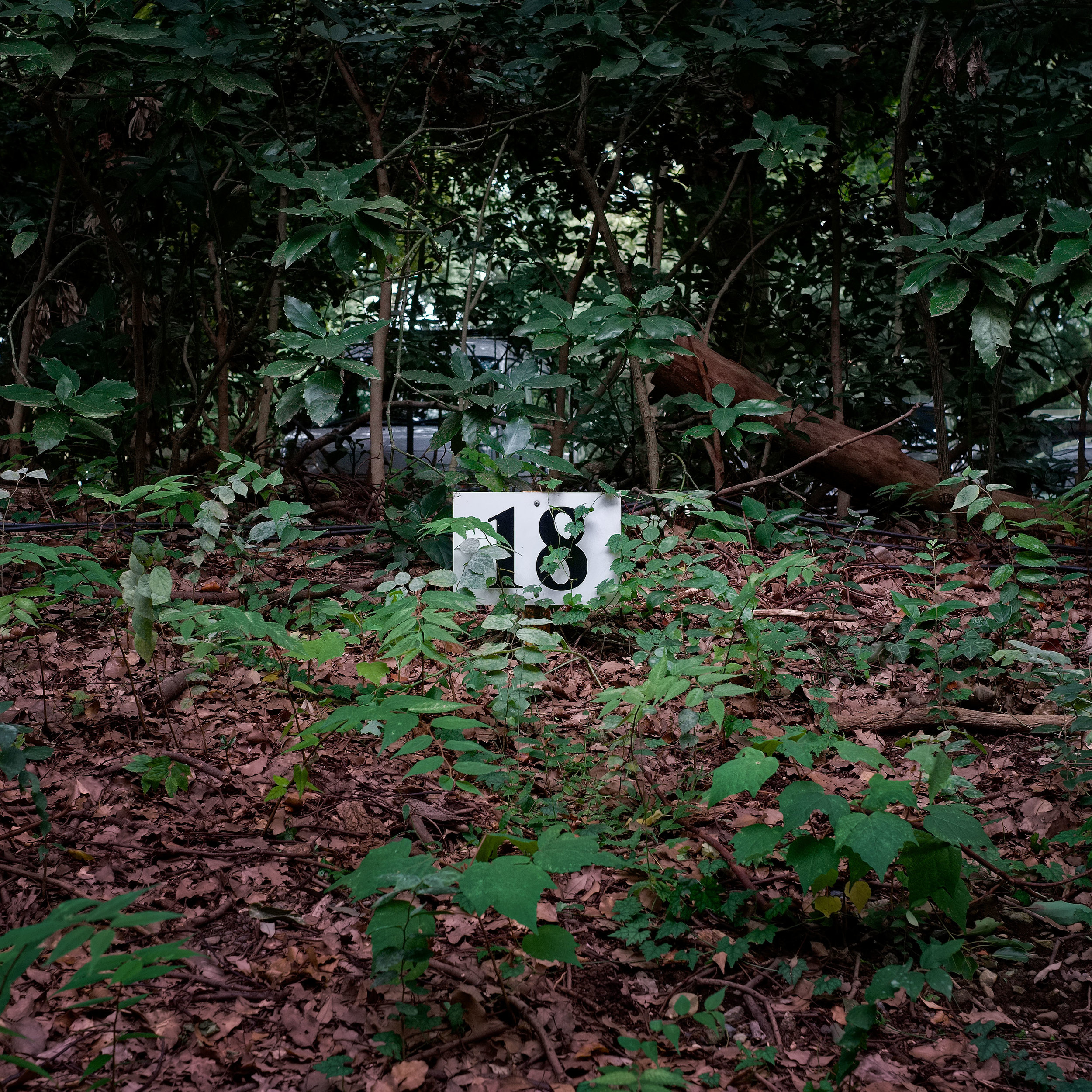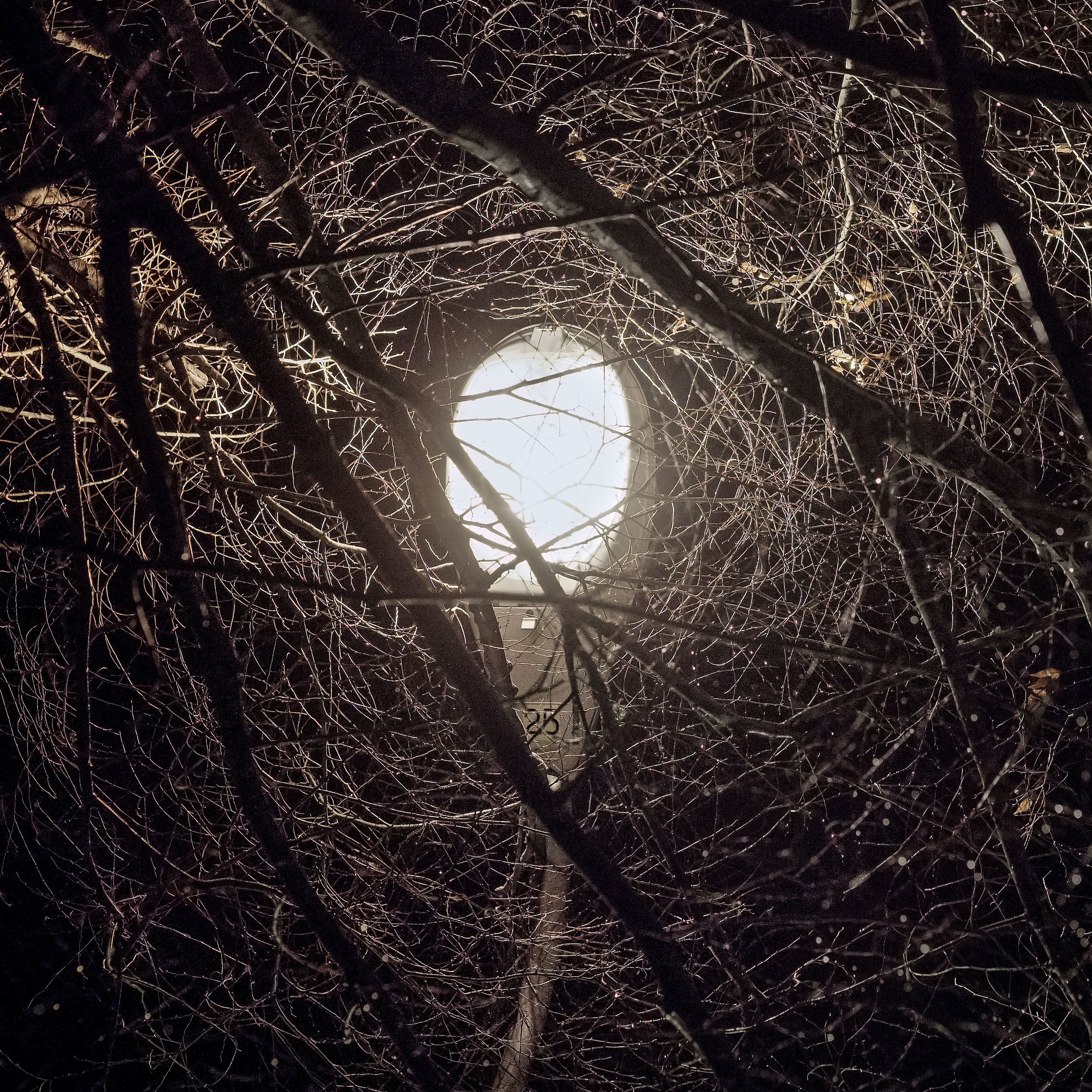Heterotopian Boundaries
Review of 'On Heterotopian Boundaries'
Nestled amongst the bustle of Courtenay Place, Photospace Gallery provides a place of invigoration, sitting atop the various bars, cinemas, and restaurants dotting our most happening street. It’s a shockingly fitting location for Gillian Eva Boyd's first solo photography show, On Heterotopian Boundaries.
I’ll elaborate on what the term ‘heterotopia’ actually means. Trusted source (wikipedia) defines a heterotopia as an ‘other’ space, one where the physical and mental realities meet. Boyd describes heterotopian boundaries as “human defined geography that is both the physical areas of transition where a space ends, sometimes abruptly, or transitions to either an ‘other’ space or to a ‘non’ space.” All this being said, I don’t think you need a dictionary definition in order to accurately read the exhibition.
The series of photographs show these transitional spaces, where we see the natural world being interrupted and melding with the man-made. Boyd possesses an enviable focus which drags us with her outside, pulling us by the hand and by the eyes to notice these spaces - the rubbish tangled in a bush, a plastic bag caught in a tree, the rust taking over an ambiguous steel structure.
There is a feel of travel to this exhibition, as we encounter the evolution of Boyd’s exploration of what heterotopian boundaries are. We are initially asked to focus on the obviously intrusive - a chair that seems to belong in a nineteenth century table in the midst of an outdoor garden seems obviously wrong, a violation of the rules of space and function. She pulls us along as her focuses narrows - look at the harsh yellow of a tungsten light hitting tree trunks, a popped balloon decrepit in the dirt, until we zoom in obsessively on the intrusion of colour, and object itself ceases to matter.
We are not seeing anything rare, anything magical or hitherto unknown in Boyd’s work. What we are seeing is everything, the world as it is when we open our eyes every morning, in a new and focused light. Boyd provides us a new way of experiencing our world in a way which asks us to think and feel nothing in particular, but to merely notice. It’s an intriguing and worthwhile exploration into our perceptions of the spaces around us, and I leave with a sense of heightened awareness. The final taste in my mouth is ambiguous. It’s not an unenjoyable sensation, nor will it be going anywhere quickly.









